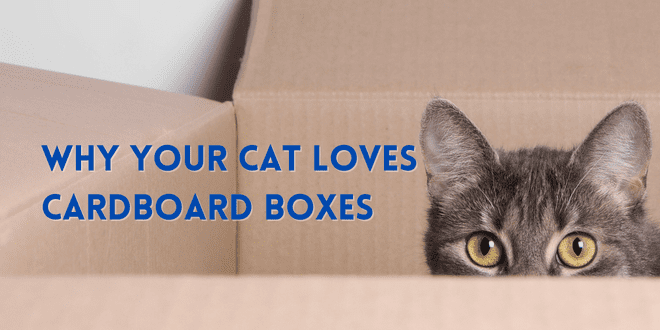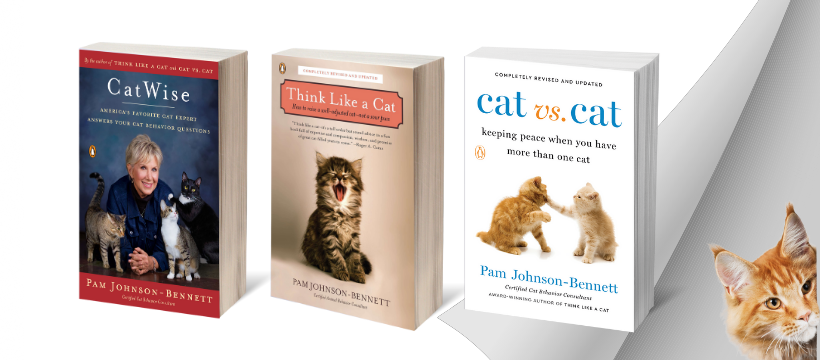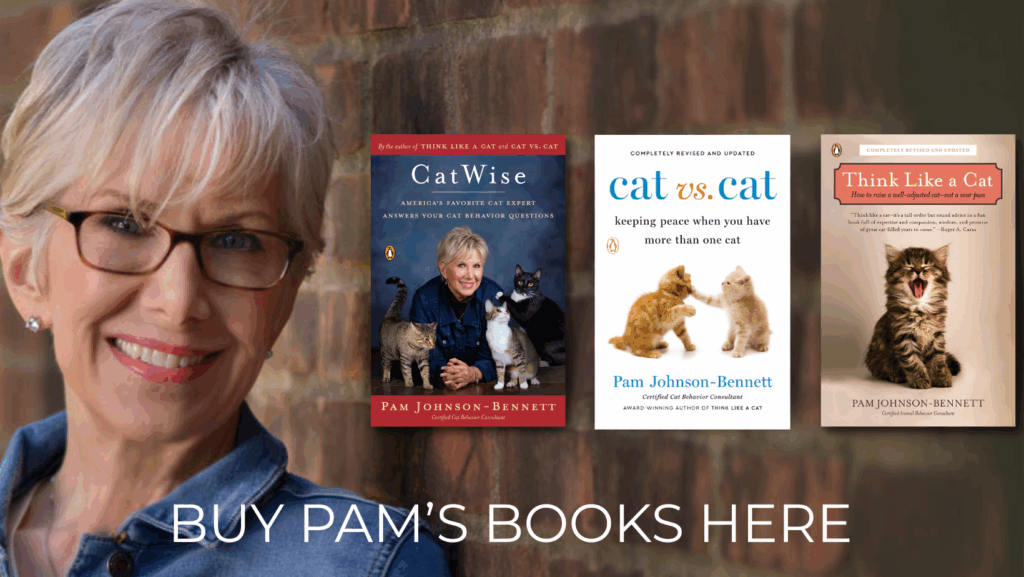
Cardboard boxes are a beneficial addition to your cat’s environment. Sure, they’re fun to jump in and out of, but they also serve multiple valuable social and emotional functions.
Environmental enrichment is important for a cat’s mental, emotional, and physical well-being, and something as simple as the addition of cardboard boxes can be an inexpensive and effective component. Cat trees, cat shelving, and catios are great, but something as basic as a cardboard box can’t be beat when it comes to fundamental feline fun.
Here are some of the ways cardboard boxes can enrich your cat’s life.
Boxes are Fun for Cats
Let’s start with the most obvious. Boxes are just plain fun. Because cats are ambush predators, a box is a convenient place to hide while waiting for prey to wander by. For an indoor cat, provide a box during playtime for extra concealment.
A cardboard box creates an enticing sound when you move an interactive toy inside, on top, or along the sides. The sound alone can be enough to alert a nearby cat that it’s playtime. Drop a toy inside a box and within a nanosecond someone will be happily hopping inside.
If you have a long box, open up both ends, place it on its side and it can serve as a fun cat tunnel. Very small boxes can be made into puzzle toys. Cut holes in the box that are a little larger than your cat’s paws, seal up the end flaps, and toss a toy or some treats in there for your kitty to retrieve.
Boxes Provide Stress Relief for Cats
The ability to be invisible by having a convenient hiding place is a valuable coping mechanism when it comes to stress.
If your cat is unsure or nervous, the ability to disappear into a box can enable him to quietly observe the current conditions of the environment. If boxes are conveniently located, it can allow a cat to stay in the room while hiding instead of running off to a remote area of the home.
The ability to hide gives the cat the choice of how and when to start engaging. Having choice reduces stress levels.
Research was done at a Dutch animal shelter involving 19 cats. Approximately half of the cats were given hiding boxes and the others weren’t. The cats with the boxes started exploring their environment sooner and stress levels decreased.
Boxes Provide a Feeling of Safety for Cats
Being in a box where cats rest their backs against the sides helps them feel safer because they can’t be ambushed from behind. This may explain why some cats appear content to curl up in boxes that seem uncomfortably small. Bracing themselves against something solid around them might increase feelings of safety.
Boxes Provide Avoidance Opportunity
Since cats prefer to avoid engaging in physical conflicts, disappearing into a box is a good way to stay under the radar when sharing space if there are adversarial relationships between pets. For some cats, it may also be more comfortable to chill out in a box to avoid all the household traffic and chaos.
A box can be a good place to calm down after an altercation or stressful event as well. After a conflict, the box may become a safe zone while tempers return to normal.
A long box made into a tunnel can provide safe navigation through a room for a cat who feels nervous being exposed. Scatter a few cardboard box tunnels around the room to help a nervous cat have protected routes to resources. If your cat responds well to the cardboard tunnels you can also purchase fabric cat tunnels at your local pet supply store or online if having big boxes in your home becomes inconvenient.
Cardboard Boxes can Provide Warmth
Being in a cozy cat bed or curled up under the covers are wonderful ways for a cat to stay warm, but a cardboard box can help keep kitty toasty as well. Line the bottom of the box with fleece or a soft towel and you have an instant bed. If the box isn’t too big, the cardboard provides insulation.
Boxes Provide Exercise Opportunities
This also qualifies as fun. Drop toys in boxes to entice your cat to jump in and bat them around. Set up a few boxes and your cat may jump back and forth from one to another. Incorporate the use of a cardboard box during interactive play so your cat can dart in and out. I previously mentioned using cardboard box tunnels for navigation purposes, but you can also use them to give your cat more exercise. Dangle a toy on one end of the cardboard tunnel so your cat can dive run through it to capture the prey.
Boxes for Olfactory Enrichment
Your cat’s nose may work overtime when you first place a box on the floor. Many cats will do a scent investigation and if the box contained a delivery of pet food or pet supplies, expect that nose to get a real workout.
If your cat doesn’t react well to unfamiliar scents, put a soft sock on your hand, gently rub the cat’s cheeks to collect some facial pheromones and then rub the sock on the corners of the box. This will help expedite a feeling of familiarity and comfort. You can also spray the box with Feliway. Another olfactory enrichment idea is to sprinkle some catnip or silver vine in the cardboard box.
Need More Information?
For more information on cat training and cat behavior, refer to the best-selling books by Pam Johnson-Bennett. Pam’s books are available in book stores and online. We’ve included Amazon links here on our website.




